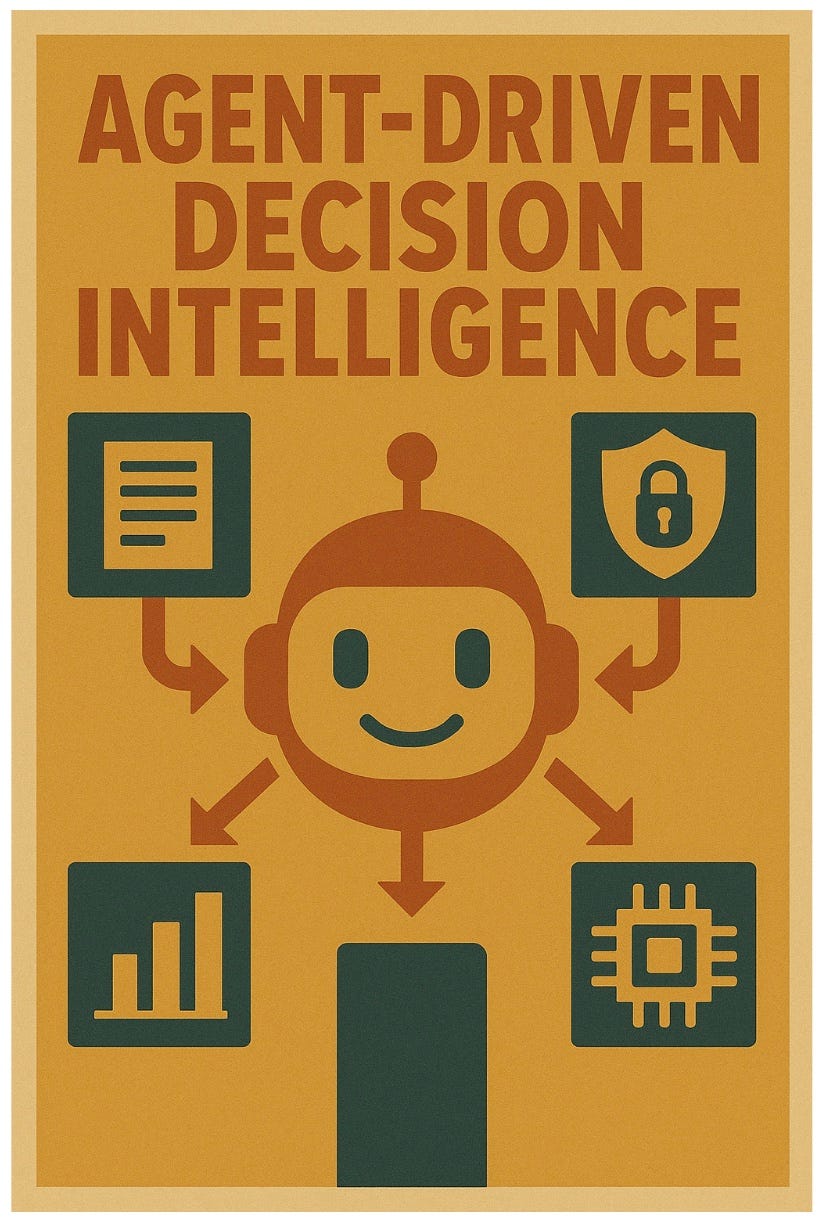Agents at the Helm
Steering Decision Intelligence for Businesses
In today’s data‑rich world, organizations want to leverage AI for business efficiency, but it’s not as easy as uploading documents into ChatGPT. The inherent security risks are high and inadvertently training models on your sensitive data could be costly. That doesn’t mean businesses can’t enjoy the benefits—it simply requires a more sophisticated infrastructure. Agent‑Driven Decision Intelligence combines the best of modern LLM architectures with purpose‑built agents, turning disparate data into actionable strategy in a secure, efficient, and accurate way.
Keep reading with a 7-day free trial
Subscribe to The Signal Flare - Data Driven Insights to keep reading this post and get 7 days of free access to the full post archives.



